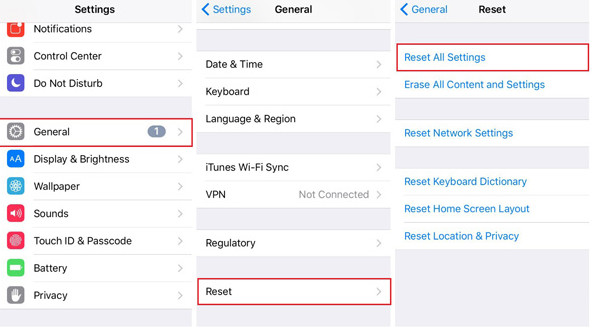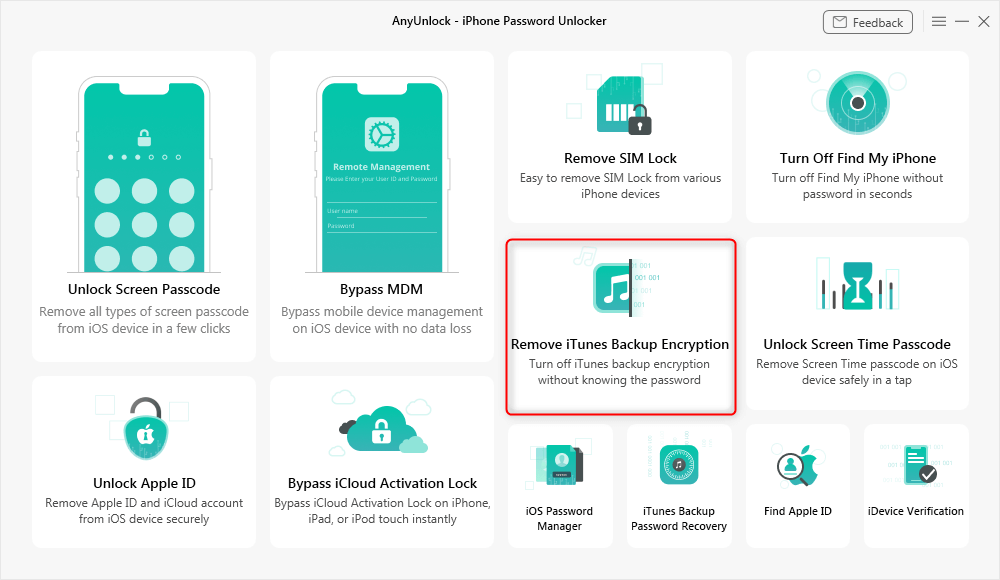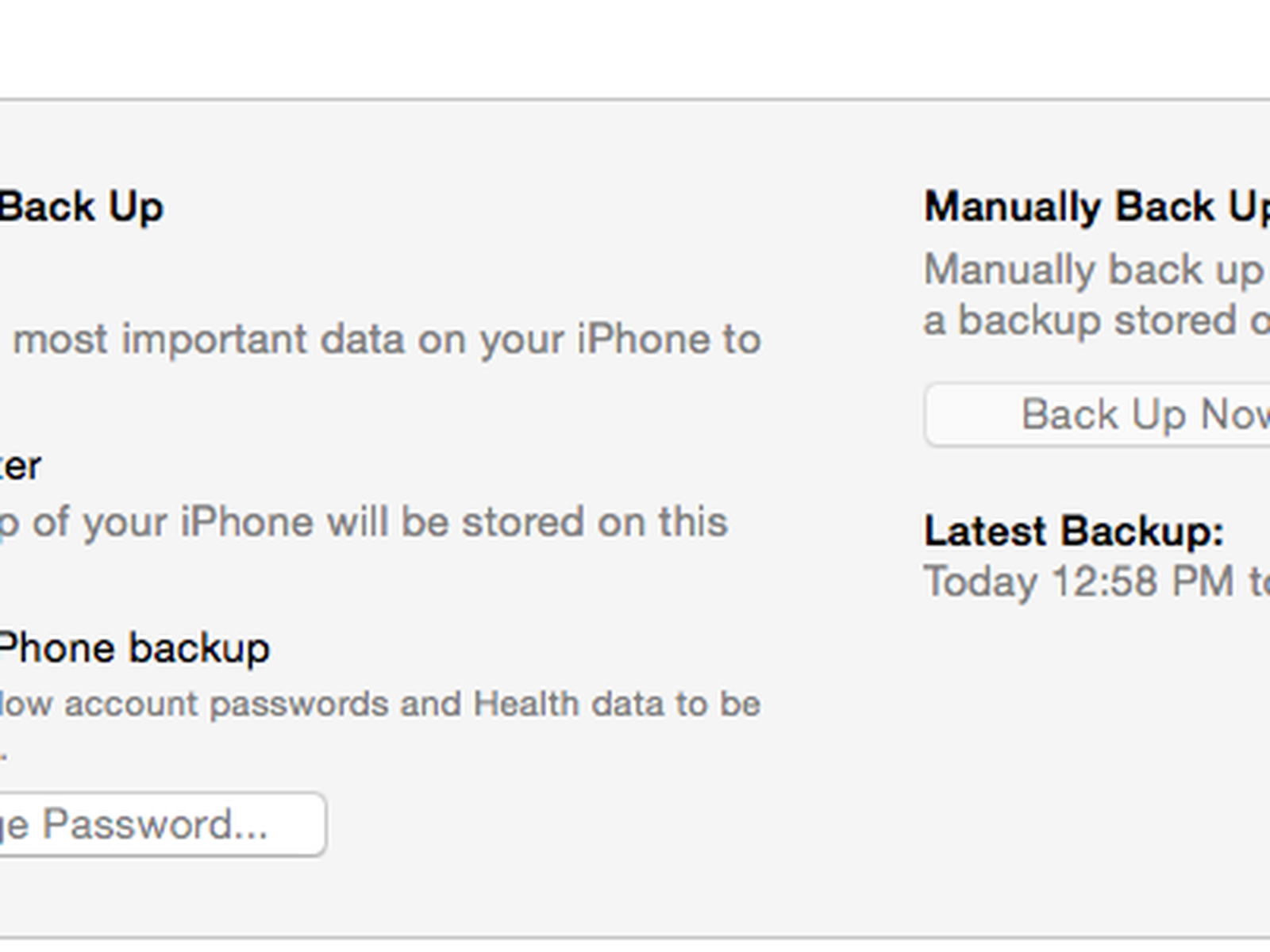

- Ios reset encrypted data update#
- Ios reset encrypted data manual#
- Ios reset encrypted data full#
- Ios reset encrypted data password#
Reset All Settings – This will reset all of the settings under the Settings app. The main options most people end up using are Reset All Settings, Erase All Content and Settings and Reset Network Settings. Tap on Settings, go to General, scroll all the way to the bottom and tap on Reset. After a hard reset, there are the options to reset various settings on your phone. This is useful if your device is not behaving properly and is kind of like when you have to restart your Windows PC because it’s acting up. A hard reset is when you press and hold the Home button (circle button) and the Power button located at the top or on the right at the same time until the phone restarts. Let’s first talk about a hard reset, which doesn’t actually erase any data or reset any settings. There are a couple of different ways to reset an Apple device, so let’s talk about that. Now that you have your device properly backed up, we can go ahead and reset it.

It should also show you the date and time of the last iCloud backup.

Ios reset encrypted data manual#
iCloud should backup your phone automatically, but you can always perform a manual iCloud backup by going to Settings, iCloud, Backup and then tapping on Back Up Now. when you go to perform a restore later.Īlso, note that you can leave the Automatically Backup Option set to iCloud and simply perform manual local backups every so often. You should click Transfer Purchases, otherwise you might be missing music, apps, ringtones, etc. You might also get a message asking if you want to transfer purchases to your iTunes library.
Ios reset encrypted data password#
If you forget it, then you won’t be able to restore that backup, so be careful and keep the password written somewhere. In order to perform a restore, you’ll need that same password.

The only thing you have to remember about encrypted backups is that you will need to use a password to encrypt the backup. That’s why if you have ever restored an iCloud backup as opposed to a normal iTunes backup, you might have noticed that you don’t have to type in all your passwords again after the restore. When you restore an unencrypted backup to your phone, you’ll have to enter all your passwords again, etc. You can also just check the Encrypt iPhone Backup box before backing up to ensure the backup is encrypted. If you choose not to encrypt the backup, then sensitive data like your health data, homekit data and saved passwords will not be stored in the backup. When you do this, you’ll get a message asking if you want to encrypt the backup or not. Open iTunes, connect your Apple device and then click on the Back Up Now button.
Ios reset encrypted data full#
You can’t even store a single backup of a full 16 GB iPhone with that much space, so definitely use iTunes if you’re not sure if your phone is being properly backed up to iCloud. Plus, Apple is so miserly with their whopping 5 GB of free storage space. ICloud is great, but it has a lot of glitches that can cause it to fail right when you need it the most. iTunes Backupsīacking up to iTunes is no longer really needed if you backup your phone to iCloud, but I have found that it’s still useful to create a local backup every couple of months. If you don’t have enough space in iCloud, then making just a local backup to iTunes will be fine. I suggest making a backup to both iCloud and to iTunes. Backup iPhone, iPad, iPodīefore you reset or restore anything, you should always make a backup just in case there is something you need at a later point or something goes wrong.
Ios reset encrypted data update#
If anything changes in a later version, I’ll be sure to update this post. For this article, I’m going to be using iOS 9 for all the examples as that is the latest version of the OS as of now.


 0 kommentar(er)
0 kommentar(er)
